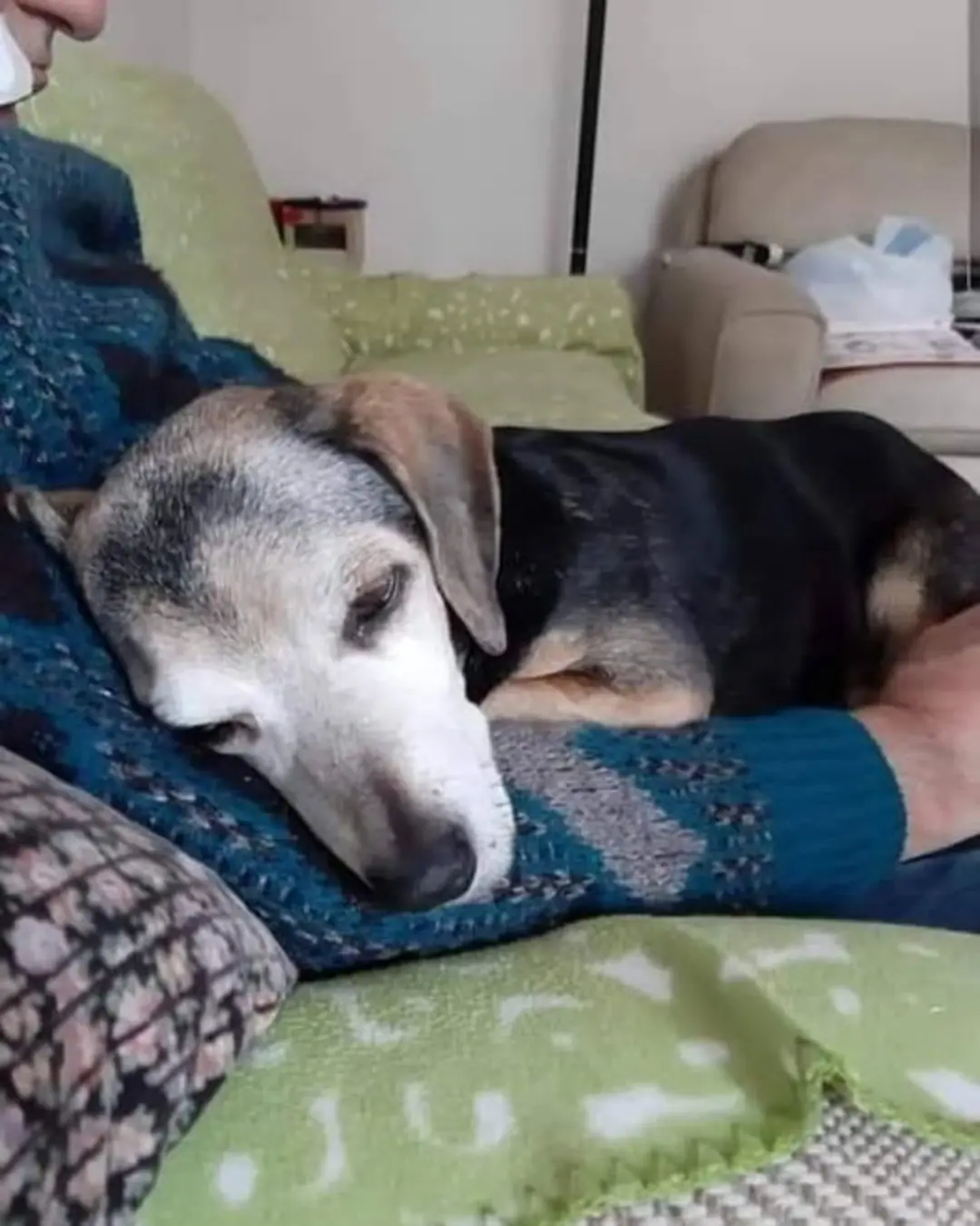
How to Perform First Aid for Stroke at Home — The Right Way to Save a Life
Stroke is one of the leading causes of death and long-term disability worldwide. Recognizing the warning signs early and giving correct first aid before emergency services arrive can make a critical difference — it can literally save a life or prevent permanent brain damage.
⚡ Why Stroke Is So Dangerous
A stroke occurs when blood flow to the brain is suddenly interrupted, depriving brain tissue of oxygen and nutrients. Brain cells begin to die within minutes.
There are two main types of stroke:
-
🩸 Ischemic stroke (around 85% of cases): caused by a blood clot that blocks a brain artery.
-
💥 Hemorrhagic stroke: occurs when a blood vessel ruptures, causing bleeding inside the brain.
In some cases, a person may experience a transient ischemic attack (TIA) — a “mini-stroke” that lasts only a few minutes. Symptoms disappear within 24 hours, but it is a serious warning sign that a major stroke could happen soon.
🧾 According to the American Stroke Association (2023), prompt treatment within the first few hours can reduce disability and death rates by up to 50%.
🚨 How to Recognize the Signs of a Stroke
A stroke can happen anytime — at home, work, or even during sleep. Recognizing early symptoms is key.
Common warning signs include:
-
Sudden weakness or paralysis on one side of the body
-
Drooping face or uneven smile
-
Slurred or confused speech
-
Loss of balance or dizziness
-
Sudden severe headache
-
Loss of consciousness or confusion
A simple way to remember what to do is the FAST rule:
| Letter | Meaning | What to Do |
|---|---|---|
| F – Face | Ask the person to smile. Does one side of the face droop? | |
| A – Arms | Ask them to raise both arms. Does one arm drift downward? | |
| S – Speech | Ask them to repeat a simple sentence. Is it slurred or strange? | |
| T – Time | If you see any of these signs — call emergency services immediately. |
Even if the symptoms fade quickly, it could still be a mini-stroke (TIA), which requires immediate medical attention.
🩹 Correct First Aid for Stroke at Home
If someone around you shows symptoms of a stroke, every second counts.
Stay calm and follow these steps:
Step 1: Call for Emergency Help Immediately
-
Dial your local emergency number (115 in Vietnam, 911 in the U.S., etc.).
-
Describe the person’s symptoms, when they started, and if they have any known medical history.
Mayo Clinic (2022) emphasizes: “Never try to drive the patient yourself unless no ambulance is available. Emergency teams can start life-saving treatment en route.”
Step 2: Position the Person Safely
-
Lay them on their side, with their head slightly elevated (about 30°).
-
This prevents choking if they vomit and helps blood flow to the brain.
-
Loosen tight clothing such as ties or scarves.
-
Remove dentures to avoid airway blockage.
If the person is a child, lay them on their left side to reduce pressure on internal organs.
Step 3: Check Breathing and Circulation
-
If the person is not breathing, begin CPR (cardiopulmonary resuscitation) if you are trained.
-
Clear their mouth gently using a clean cloth to remove saliva or vomit.
-
Do not tilt their head back too much; keep the airway open but stable.
Step 4: Keep the Person Warm and Calm
-
Cover them with a blanket to maintain body temperature.
-
Speak gently and reassure them — stress and panic can worsen the condition.
-
Avoid moving them unnecessarily, unless they are in danger (e.g., near traffic or fire).
Step 5: Record Details for Medical Staff
-
Note the exact time the first symptom appeared. This helps doctors determine if clot-dissolving medication can be given safely.
-
Inform paramedics if the patient has fallen, hit their head, or takes any medication (especially blood thinners).
Harvard Health Publishing (2023) stresses that providing accurate onset times allows doctors to decide whether to administer tPA (a clot-busting drug), which must be given within 4.5 hours of stroke onset.
⚠️ Critical Mistakes to Avoid
Incorrect first aid can worsen a stroke. Avoid these common but dangerous myths:
🚫 Do not let the person lie flat on their back.
– This can cause choking or blocked airways.
🚫 Do not give them food, water, or medication.
– Stroke often affects swallowing reflexes, which increases the risk of aspiration.
🚫 Do not prick fingers or toes with needles.
– This “folk remedy” has no medical evidence and wastes precious time.
🚫 Do not massage, rub oil, or “scrape” (cạo gió).
– These actions do not help and may worsen bleeding or raise blood pressure.
🚫 Do not wait to see if symptoms improve.
– Immediate hospital treatment during the “golden window” (first 3–6 hours) is vital.
⏰ The Golden Hour — Every Minute Counts
Doctors often say:
“Time is brain.”
For each minute a stroke goes untreated, the brain can lose up to 1.9 million neurons.
If the patient receives emergency treatment within 3 to 6 hours, chances of full recovery increase dramatically.
World Health Organization (2022) reports that 80% of stroke-related disabilities can be prevented with fast first aid and immediate hospital care.
❤️ Final Reminder
A stroke can strike anyone — regardless of age or health.
The best way to protect your loved ones is to learn to recognize the signs, act FAST, and perform correct first aid while waiting for medical professionals.
Sharing this knowledge could mean the difference between life and death — or between recovery and lifelong disability.
News in the same category

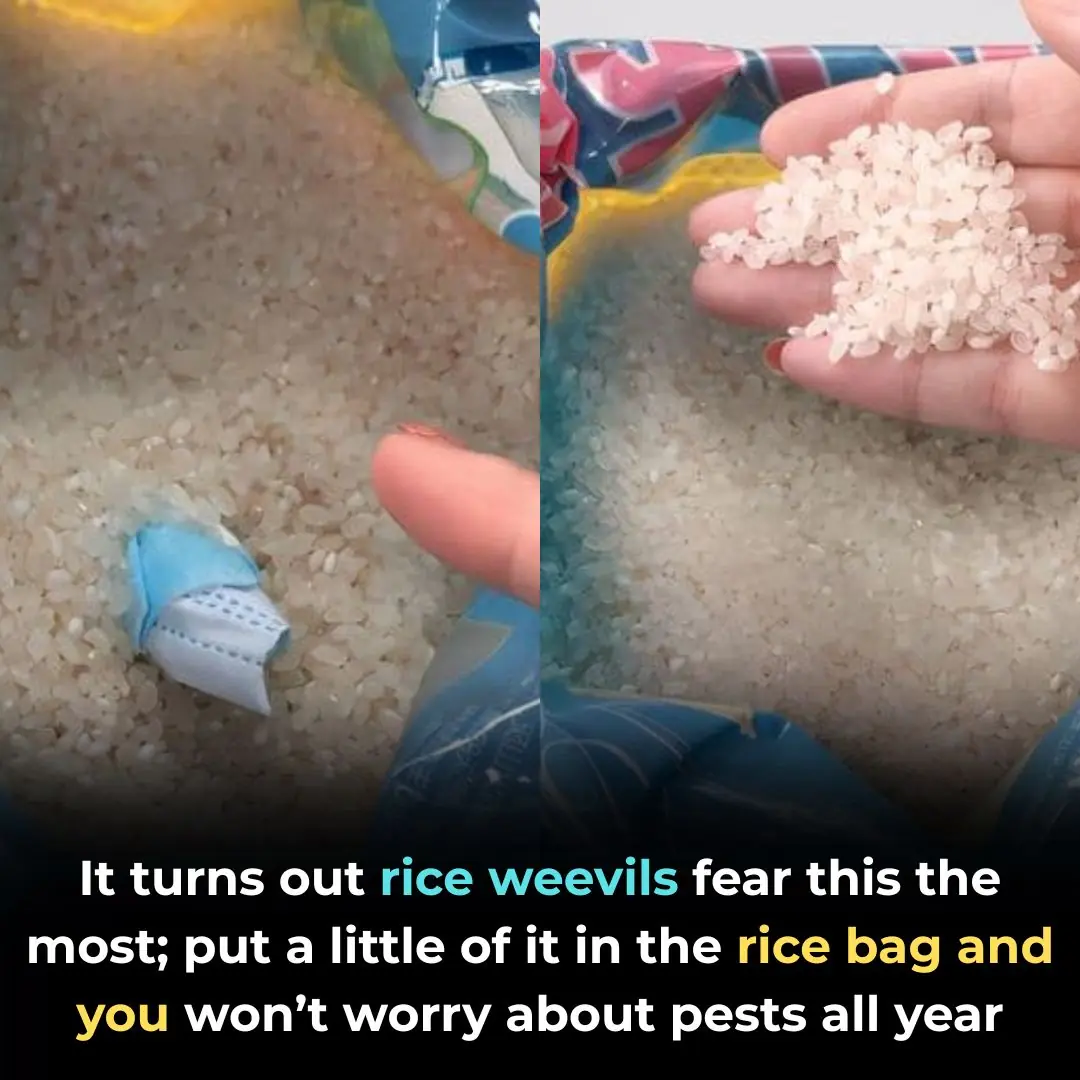
The Secret Trick Rice Weevils Fear Most — Add a Bit of “This” and Keep Your Rice Fresh All Year

Mix Toothpaste with Essential Balm Oil — The Viral Home Hack Everyone’s Talking About

Major airline cuts 800,000 seats as it scraps 24 flight routes

Top army general makes shocking admission about how he's using ChatGPT

Good News for Coffee Lovers: 6 Proven Benefits of Drinking Coffee in the Morning
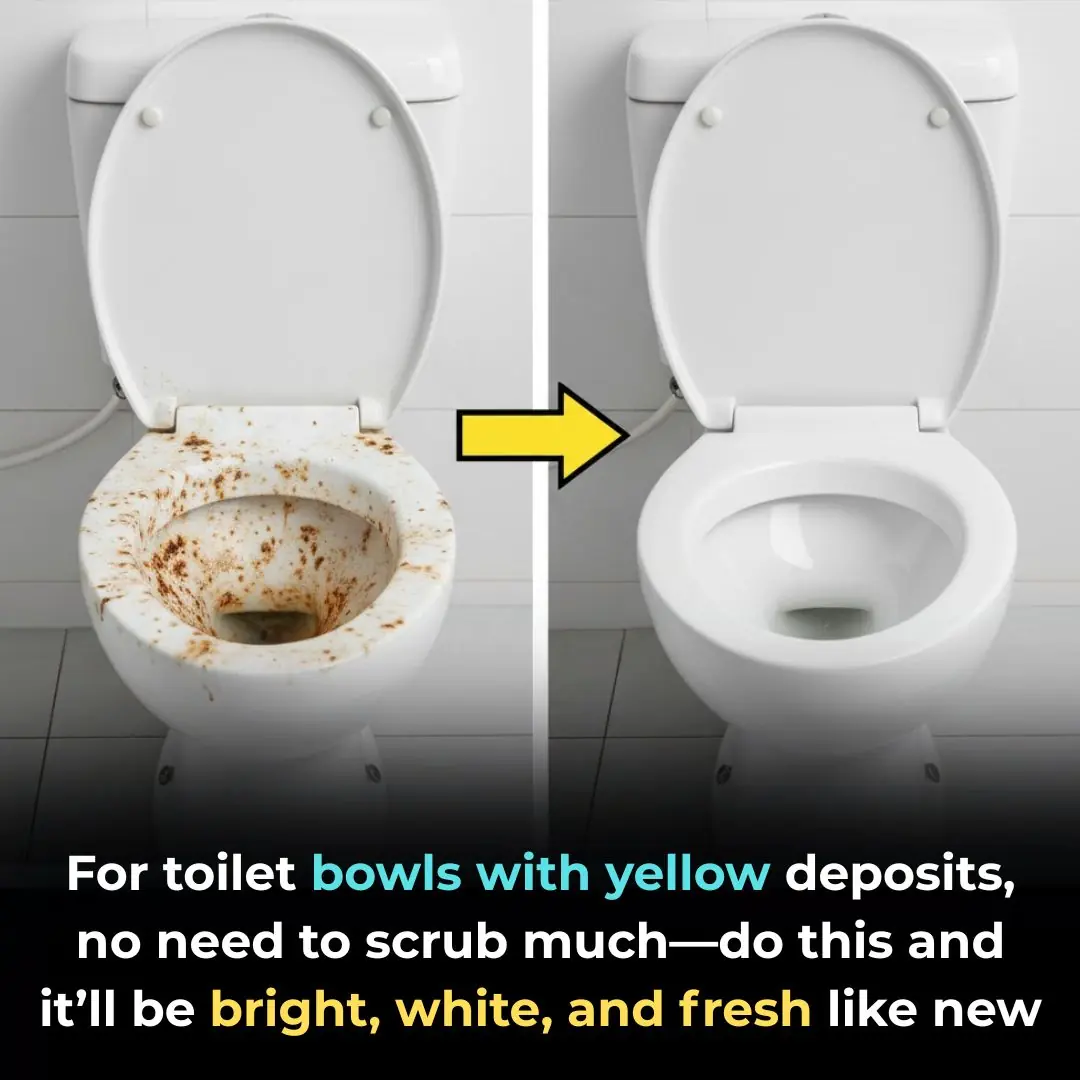
Toilet Stained With Yellow Scale? No Heavy Scrubbing Needed — Try These Natural Tricks for a Sparkling, Fresh Bathroom

Electric Kettle Turning Yellow or Crusty Inside? Boil This — and It’ll Shine Like New Without Scrubbing

A Wild Vietnamese Fruit Sells for Nearly $120/kg in Japan — and It May Help Prevent Cancer

How to get into secretive dating app that Jennifer Lopez says she would never ever join

YouTuber undergoes intense 14 day journey to uncover secrets of most remote island in world

‘This Is Why They Mad’: Angel Reese’s Runway Debut Triggers Supporters to Clap Back After Trolls Claim Victoria’s Secret Has ‘Lowered Its Standards’

39 Year Old Dr. Jermaine Whirl Named President of Savannah State, Becoming Youngest HBCU President in History

A Dad Painted His Daughter as Mona Lisa and Her Reaction is Priceless

Former NASA Rocket Scientist Aisha Bowe to Make History as Crew Member on Blue Origin’s First All-Woman Spaceflight

21-Year-Old Yale Juniors Raise $3M in 14 Days for New AI-Powered Social Media App ‘Series’

11-year-old Philanthropist Gives Chicago Some California Love by Raising Over $60,000 for the Windy City’s Homeless

Megan Thee Stallion Brings Queen Latifah to Coachella for Shining Moment of Black Girl Magic
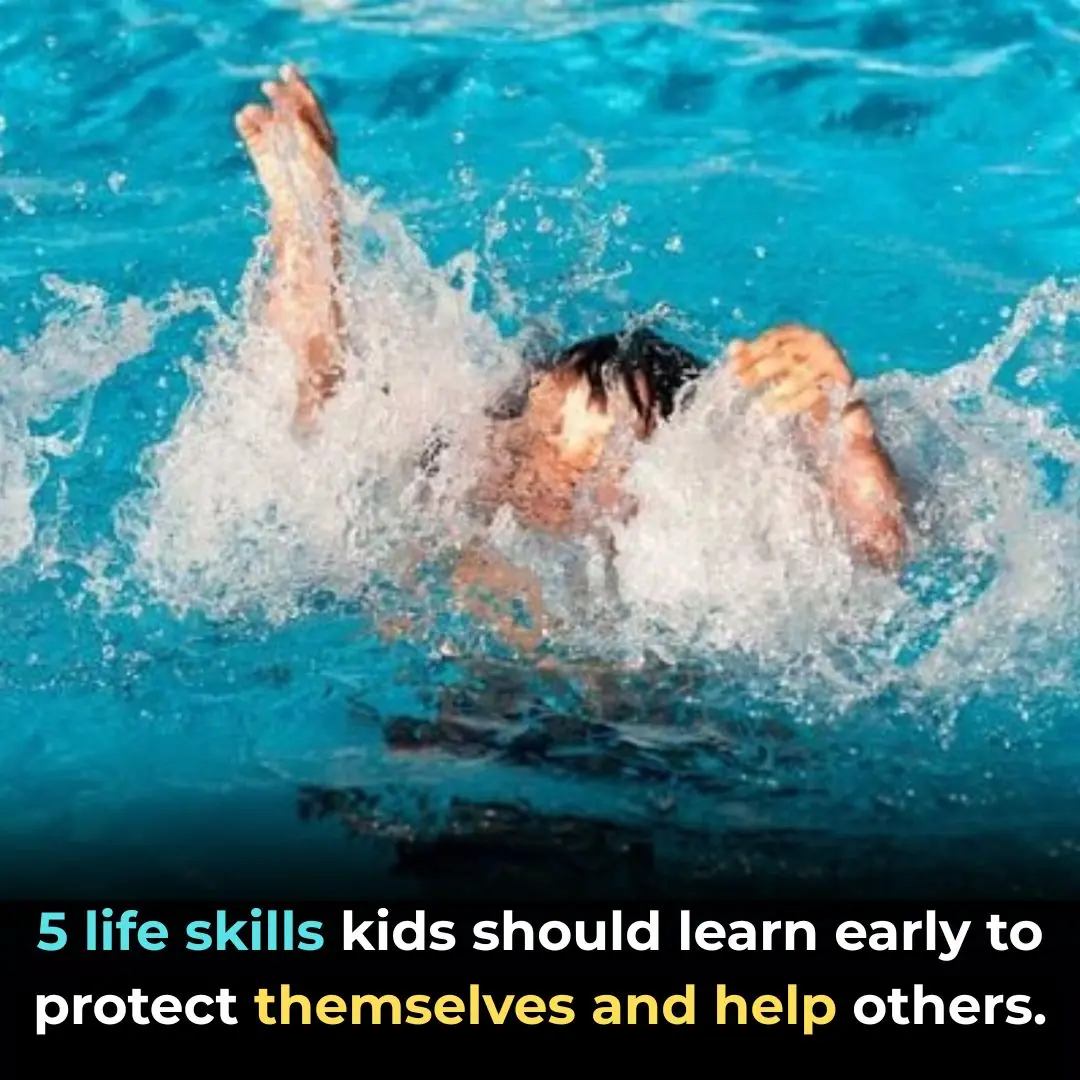
5 Essential Life-Saving Skills Every Child Should Learn Early
News Post

10 Foods That Help Reverse Fatty Liver Disease — Dietitians Recommend Adding Them to Your Daily Menu

The Secret Trick Rice Weevils Fear Most — Add a Bit of “This” and Keep Your Rice Fresh All Year

Mix Toothpaste with Essential Balm Oil — The Viral Home Hack Everyone’s Talking About

Major airline cuts 800,000 seats as it scraps 24 flight routes

Top army general makes shocking admission about how he's using ChatGPT

Good News for Coffee Lovers: 6 Proven Benefits of Drinking Coffee in the Morning

Toilet Stained With Yellow Scale? No Heavy Scrubbing Needed — Try These Natural Tricks for a Sparkling, Fresh Bathroom

Electric Kettle Turning Yellow or Crusty Inside? Boil This — and It’ll Shine Like New Without Scrubbing

A Wild Vietnamese Fruit Sells for Nearly $120/kg in Japan — and It May Help Prevent Cancer

Backlash Grows After Trump’s Dismissive Comment to Female Journalist

Scientists Just Won a Nobel Prize for Discovering How to Stop Your Immune System from Attacking You

What’s the Reason Behind Painting Trees White?

People Left Disgusted: Shocking Truth About How Crabsticks Are Made
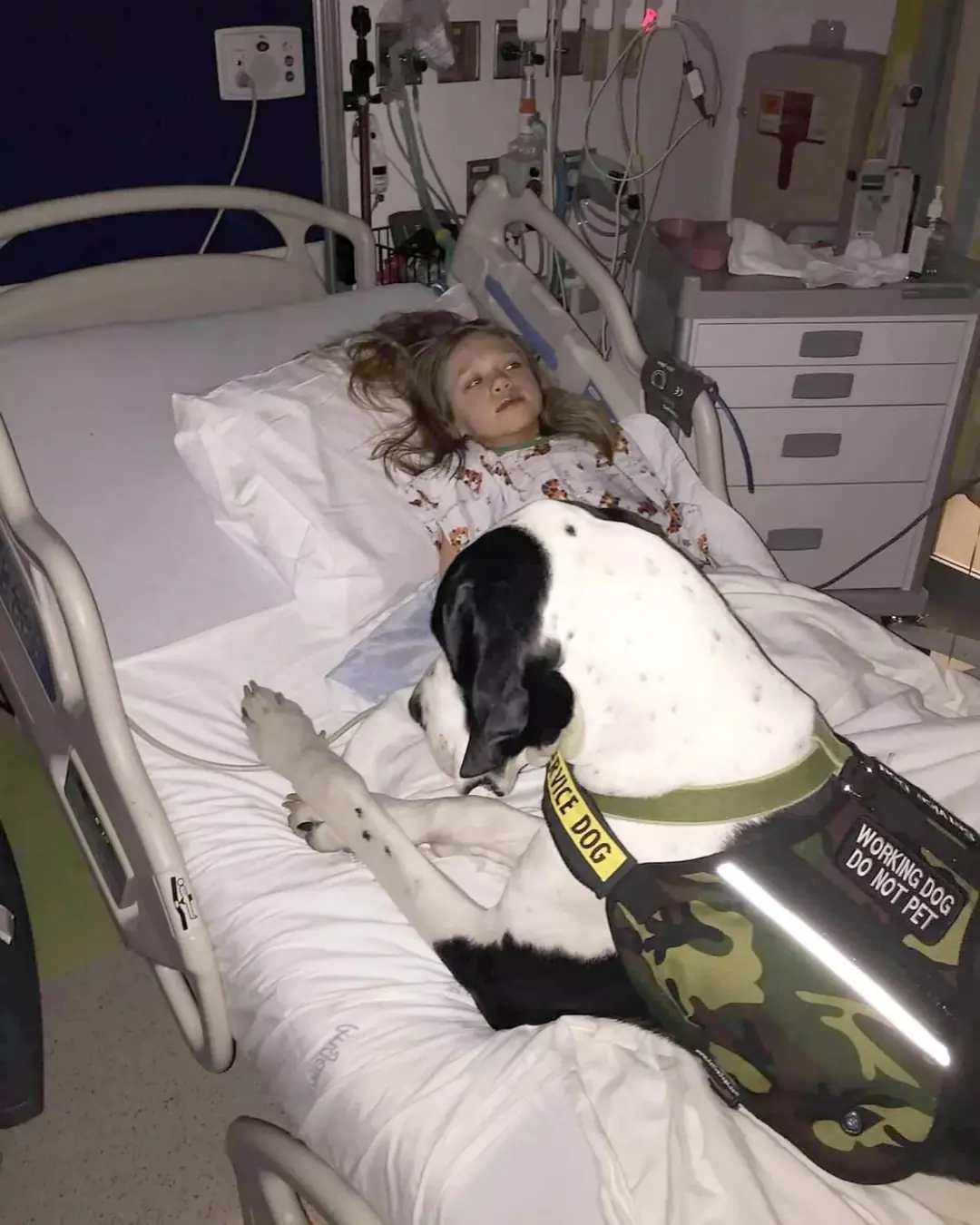
The Golden Guardian: How One Dog’s Love Helped a Little Girl Heal

A Broken Heart Finds a New Home — The Little Elephant Who Learned to Love Again
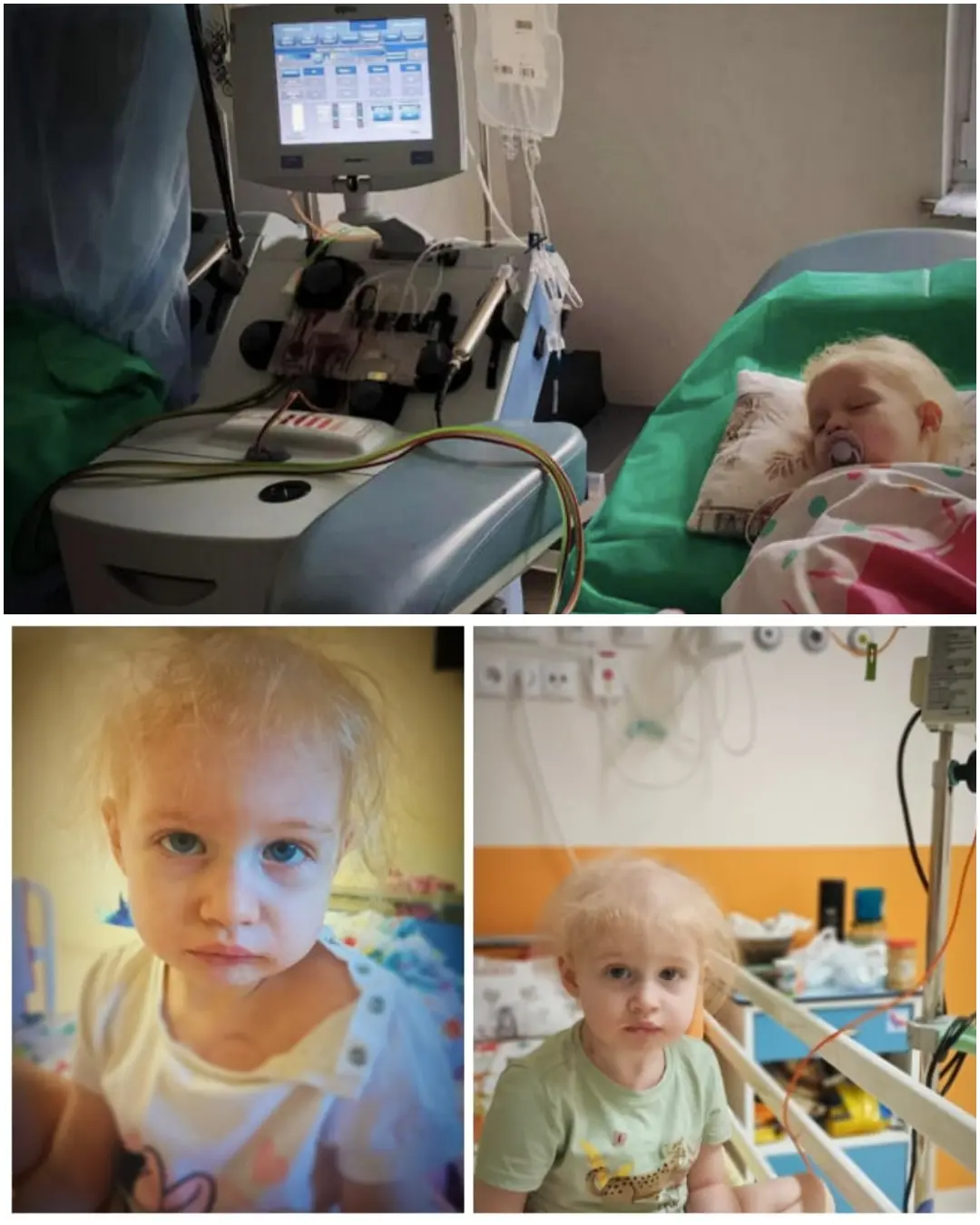
Zosia’s Fight — The Little Lioness Who Refuses to Give Up

Stay With Michał — A Mother’s Fight for One More Tomorrow
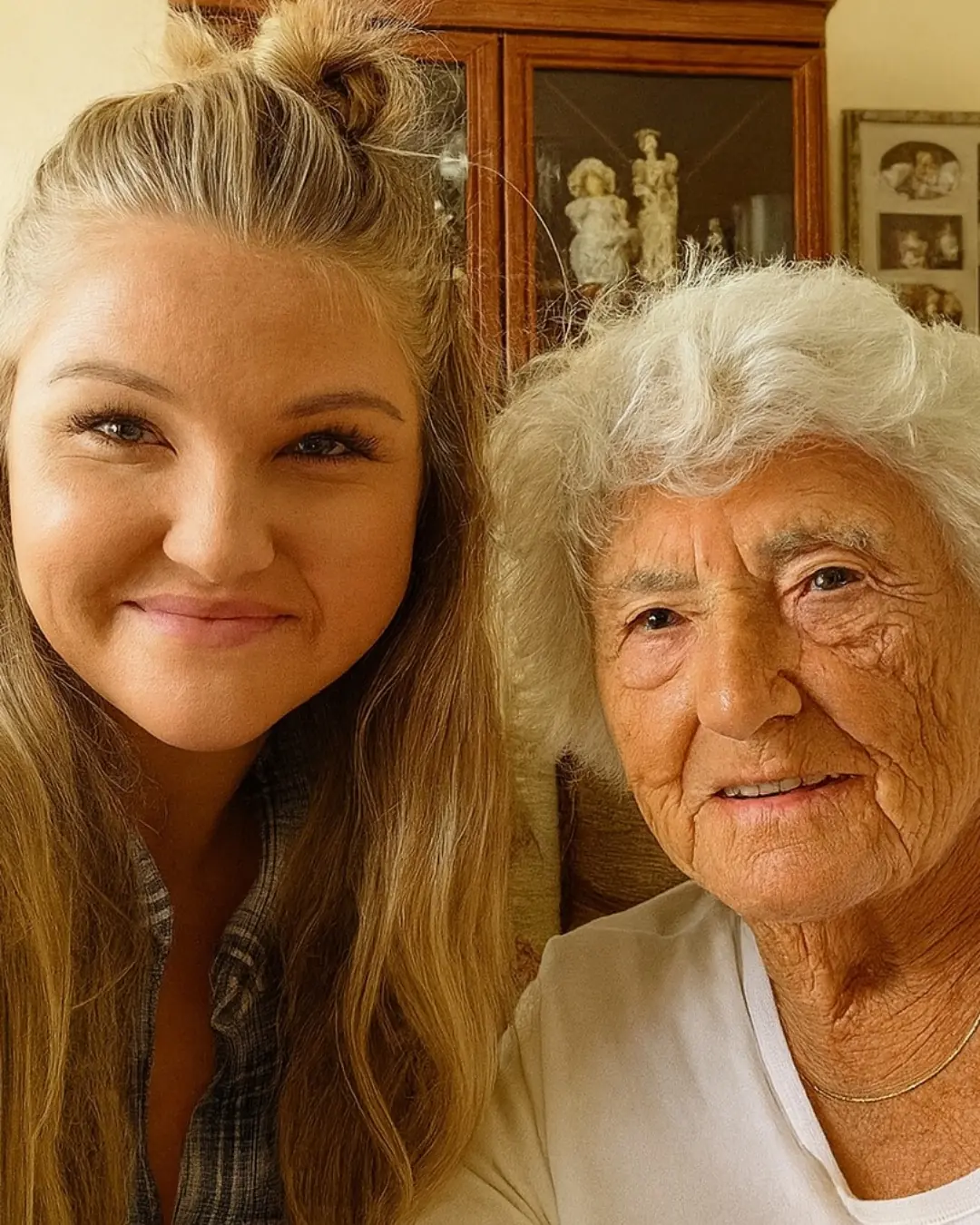
A Cup of Tea, A New Friendship: How a Bus Stop Conversation Changed Two Lives.33
